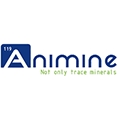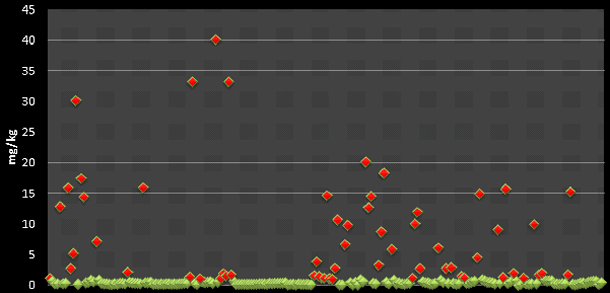 The 8th Congress of Toxicology in Developing Countries (8CTDC) was held in Bangkok (Thailand) under the theme of “Sharing toxicological knowledge for healthy life and environment”. In association with Mahidol University (Thailand) and IFIP (French Institute for Pig Industry), Animine presented analytical findings on the risk of heavy metal contamination in pork offal (liver, kidney). Heavy metals (mainly cadmium, lead, arsenic) in animal feeds can originate either from contaminated feedstuffs or from supplemental sources of additives, especially essential trace minerals like zinc and copper. When contaminated diets are fed to pigs, heavy metals accumulate preferentially in the storage organs.
The 8th Congress of Toxicology in Developing Countries (8CTDC) was held in Bangkok (Thailand) under the theme of “Sharing toxicological knowledge for healthy life and environment”. In association with Mahidol University (Thailand) and IFIP (French Institute for Pig Industry), Animine presented analytical findings on the risk of heavy metal contamination in pork offal (liver, kidney). Heavy metals (mainly cadmium, lead, arsenic) in animal feeds can originate either from contaminated feedstuffs or from supplemental sources of additives, especially essential trace minerals like zinc and copper. When contaminated diets are fed to pigs, heavy metals accumulate preferentially in the storage organs.
Recent analytical surveys showed that one fourth of pig kidneys in Thailand were above the regulatory limit in cadmium concentration. The percentage of kidneys unsafe for human consumption could not be only explained by potentially Cd polluted areas, but may originate from contaminated sources of trace mineral supplements. Recent analysis with batches of zinc oxide products utilized in pig diets showed very high levels of contaminants. Supplementation of piglet feeds with zinc oxide at pharmacological levels, about 25 times more than the nutritional requirements, is common to secure growth performance and/or reduce post weaning diarrhea of the piglets. Although the period of supplementation is early in the pig life, the very long biological half-life of heavy metals causes a risk of high Cd levels in the organs at the slaughter.

HiZox®, the potentiated zinc oxide product from Animine, not only is utilized at a low inclusion rate in piglet diets, but is also guaranteed with concentrations in heavy metals at extremely reduced levels, even lower than EU maximal regulatory limits.
Cadmium concentration in kidneys
(individual results in red > 1 mg/kg, maximum regulatory values)

September 13, 2012 - Animine


